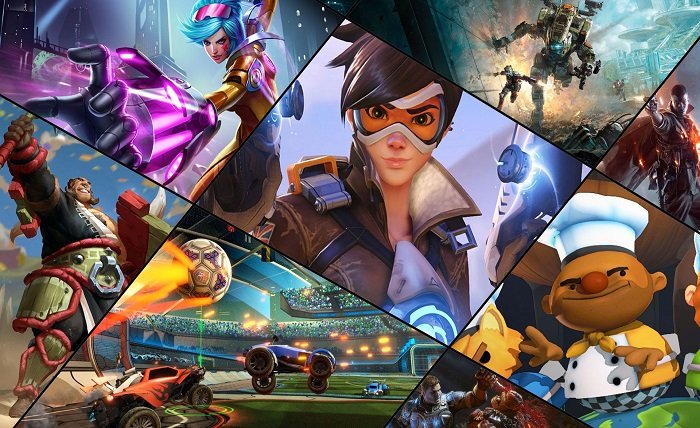Lag can turn an exciting online multiplayer match into a frustrating experience. Whether you’re in the middle of a heated battle or working with teammates in a strategy game, even a slight delay can affect your performance. Fortunately, there are several best practices you can follow to reduce lag and enjoy smooth, responsive gameplay.
1. Use a Wired Ethernet Connection
Wi-Fi may be convenient, but it’s often unstable — especially during peak hours or if multiple devices are connected. A wired Ethernet connection offers:
- Lower latency
- Faster data transfer
- More reliable performance
Whenever possible, plug your device directly into your router for the best online experience.
2. Upgrade Your Internet Plan
Online gaming doesn’t always need ultra-high speeds, but low latency and consistent upload/download speeds are crucial. Look for:
- Minimum 25 Mbps download speed
- At least 3 Mbps upload speed
- Low ping (under 50ms is ideal)
Contact your ISP if your current plan doesn’t meet these standards.
3. Close Background Applications
Programs running in the background can eat up bandwidth or system resources, especially:
- Streaming platforms (YouTube, Netflix)
- File-sharing apps
- Automatic updates or cloud syncs
Before starting a game, close unnecessary apps and pause large downloads.
4. Optimize Your Game and System Settings
Many games offer in-game network and graphics settings that affect performance. To reduce lag:
- Lower unnecessary visual effects
- Enable network-optimized modes (if available)
- Keep your game and drivers updated
Also, adjust your PC or console settings for better gaming performance.
5. Choose the Right Server Region
Most multiplayer games offer regional servers. Selecting the server closest to your physical location reduces the distance your data needs to travel, resulting in lower ping and smoother gameplay.
6. Use Quality of Service (QoS) Settings
If your router supports QoS, you can prioritize gaming traffic over other types. This ensures that online games get the bandwidth they need, even when other users on your network are streaming or browsing.
7. Keep Your Hardware Up to Date
Sometimes lag isn’t just about your internet — your hardware matters too. Make sure:
- Your router is not outdated
- Your device (PC, console, etc.) meets the game’s requirements
- Your network cables are in good condition
Consider upgrading your router or modem if you’ve been using the same one for several years.
8. Try Alternative Platforms or Games
If lag persists in one game or server, try other multiplayer options or platforms. Services like qq online provide access to a wide variety of qq games that are lightweight, fun, and optimized for smoother performance even on lower connections.
Final Thoughts
Avoiding lag in online multiplayer matches is all about preparation and optimization. With the right network setup, system settings, and gaming practices, you can reduce latency and gain a competitive edge. A few tweaks can go a long way in ensuring your gaming sessions are fast, responsive, and fun.
You May Also Like :
